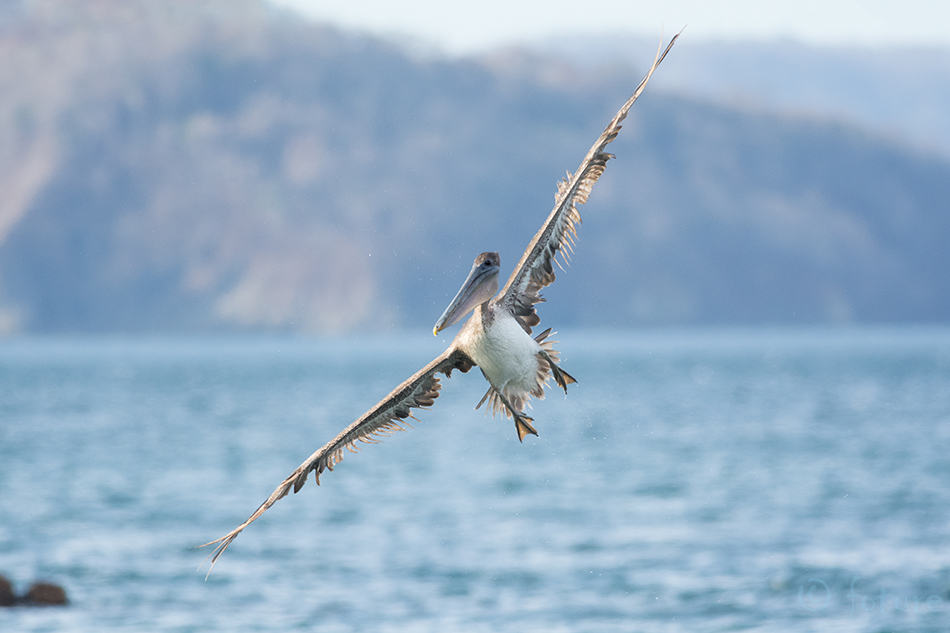

Harilik Hahk on kui loodud jahedasse kliimasse ning jääkülmadele vetele. Tema udusuled on tänini ühed parimad kerguse ja soojapidavuse suhtega soojustusmaterjalid, mistõttu kasutatakse neid nii polaarriietuses kui ka magamiskottides. Sulgede kogumine on õnneks lindudele täiesti ohutu, sest neid nopitakse pesadest pärast pesitsusperioodi lõppu. Ülemisel pildil nii isaslind kui emaslind, fotod tehtud Harjumaal.
Common Eider is destined for colder climate and icy waters. Its down feathers are with one of the best lightness and insulation ratio thermal insulators, so these are used also in polar clothing and sleeping bags. The collecting of feathers is fortunately completely harmless to eiders as the feathers are gathered from the nests after the nesting period. The photos are taken in Harjumaa, Estonia and on the upper photo you can see both male and female bird.











































